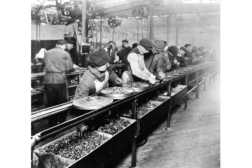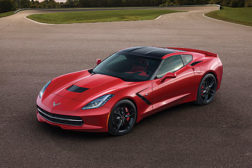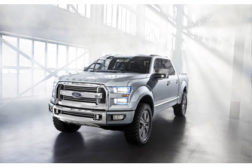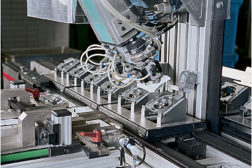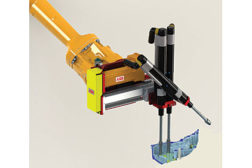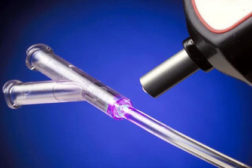Articles by Austin Weber
Ford and Toyota Celebrate Historic Milestones
Ford Motor Co. and Toyota Motor Corp., the two companies that pioneered mass production and lean manufacturing, are each celebrating important milestones this year.
March 1, 2013
The Lighter Side of Automotive Assembly
Automakers are ramping up to use more carbon-fiber composites.
March 1, 2013
Robotics and 3D Printing Get Creative at Cornell Lab
Robotic grippers and 3D printing are two passions of Hod Lipson, an associate professor of mechanical and aerospace engineering and computer science at Cornell University.
March 1, 2013
What Happened to the Future?
The 112th annual Chicago Auto Show just ended the other day.
February 22, 2013
Belts, Rollers or Chains?
Engineers have three options for moving a pallet down an assembly line.
February 6, 2013
New Developments in Robotic Screwdriving
Robotic screwdriving offers a flexible alternative to offshore production.
February 5, 2013
Never miss the latest news and trends driving the manufacturing industry
Stay in the know on the latest assembly trends.
JOIN TODAY!Copyright ©2024. All Rights Reserved BNP Media.
Design, CMS, Hosting & Web Development :: ePublishing


